Gardening from seed is simple – and complicated at the same time. Yes, it’s easier to buy seedlings (young plants) at your local garden store or market, but it’s so rewarding to grow an abundance of vegetables from that one tiny seed!
Our main reason for growing our food from seed is that our plants will get stronger and sturdier every year. Collecting seeds from your own plants and growing your favourite varieties, again and again, allows you to select the best your garden has to offer, and assures that all of your plants will be perfectly adapted to your particular (micro) climate after a few generations.
In theory, gardening from seed is pretty straightforward. Get seeds, put them in the ground and wait until a plant emerges.
However, there are a few pitfalls:
- Many seeds from fruit or vegetables you eat, are cross-overs and will not “breed true”. This means that if you plant the seed, you won’t get the same fruit from that plant.
- Most seeds need to be sown at a particular time, in the right kind of soil, with the right amount of water. Failure to pay attention to that usually means a failed crop.
- It’s easy to get overwhelmed – there are so many different kinds of seeds and so many different kinds of vegetables.
Hopefully, this tiny guide will help you on your way to a successful garden!
1. Plan Your Garden
Before you start thinking about buying seeds, you should probably make a plan for your garden. Whether you already have a vegetable garden, have just freed up some space for a few garden beds, or you’re planning a container garden on your balcony, know exactly how much space is at your disposal before buying your seeds.
2. Be Realistic When Choosing What To Grow In The Garden
When I first started a tiny veggie garden (back in the city), I would walk into the garden centre and grab everything that looked or sounded good. “I’d love to eat this sometime”, “this looks so pretty”, “I’ve read about this, it’s so healthy for you”.
Needless to say, that approach was not perfect. It left me overwhelmed (I had no idea what many of those plants were supposed to look or taste like) and many things just didn’t work, because the growing conditions weren’t right for them.
These days, before I start buying seeds, I make a list of everything we eat regularly and make those plants my top priorities. I might add something fun, pretty or exotic every now and then, but I don’t conduct too many “experiments” at the same time.
3. Add Cover Crop, Pest Control Or Insect Attractors To The List
If you prefer using store-bought fertiliser or pesticides, you can skip this step. I try to keep my garden organic and self-regulating, so I try to grow plants that will help other plants.
Some plants will cover the soil so you don’t need to mulch as heavily (“cover crops”), some will keep away certain bugs or other tiny pests, while others attract the right bees, wasps, ladybugs or butterflies to your garden. You will need them to pollinate, control pests and pollinate some more!
My friend Dana at Piwakawaka Valley has a great companion planting guide to help you find out which plants to grow together for better results – click here to check it out!
4. Try A Seed Exchange
Before you start buying seeds, you might want to talk to friends, local farmers or seed exchange groups, and see if they have anything that’s on your list. They might also be able to advise you on the best heirloom varieties to grow in your region. If you don’t have any seeds to exchange, many will take a small donation in exchange for their seeds.
5. Buy Your Seeds
This part is the most fun. I can spend hours looking at seed websites, reading up on the specifics of every variety, making lists of pros and cons, and then comparing between websites.
A few things are important to me when I buy my seeds:
I Buy Organic Seeds
Often non-organic seeds have been treated with products that damage my other plants and the soil or even kill beneficial insects. Also, I like to save seeds from the vegetables I eat, and seeds from non-organic plants are usually useless.
I buy more than one variety
For some types of veggies, it makes sense to have more than one variety growing in the garden.
For instance, we eat a lot of tomatoes (especially in summer), and I like having one variety that will give me nice and tasty salad tomatoes, another that makes good tomatoes for sauces, and maybe some cherry tomatoes or “hogar” tomatoes (which will keep for a longer time) as well.
The same goes for potatoes: last year, I chose one variety that would give me potatoes early in the season, and another where I could harvest the potatoes later in the season, and keep them for a longer time too.
I always make a note of the seller’s advice
(or when I got it as a gift or swap, the person who was so kind to give me those seeds)
It’s important to know when and how to sow the seeds, when and how to transplant or thin them, when and how to harvest them.
For instance. not all tomato varieties will thrive if you plant them at the same time!
I set a (realistic) budget before I fill up my cart
When I’m buying seeds (whether that’s online or at a seed store), before checking out, I’ll always look through them again to make sure I’m not buying anything I’m not totally happy with.
Buying seeds can get out of hand really quickly!
I Check and Double Check my Seed Wishlist
Keep in mind that everything you buy translates into work: you have to sow, plant, transplant, prune, water, harvest, process,…
After I’ve got the list of seeds I’d like to buy, I make sure to check with my current seed inventory (don’t want to end up buying double!) and also make a map of what I’d like to plant where. I don’t want to end up having too many seeds to plant them all!
I exchange some seeds with local friends, buy some from Real Seeds UK, and some from an organic seed web shop in Catalunya. And of course, every year I’ve got more seeds I’ve saved from the year before!
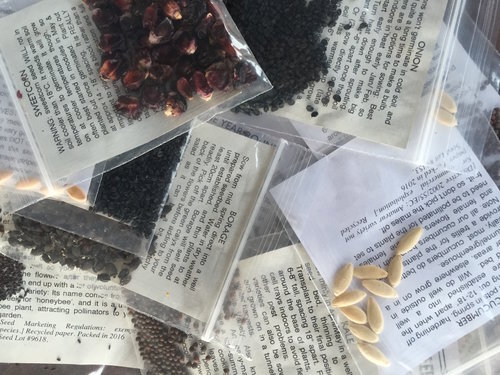
6. Make A Seed Starting Plan
When starting your seeds, timing is important.
You need to consider the time it takes for a seed to germinate/be ready for planting outside, and when it’s safe to plant seedling outside (all depending on the last expected frost dates in your area).
Those times are very different for every plant. I use this super handy garden planning chart from Seeds for Generations.
7. Store Your Seeds Until You Need Them
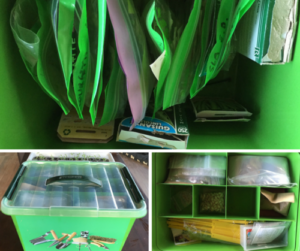
My “seed toolbox”: it has space for labels and small stuff on top, and underneath that there’s all my ziplock bags of seeds.
Storing seeds is a bit of a tricky thing. After trying lots of different systems, I finally found one that really works for me. I have a plastic box that closes well (and keeps my seeds dry and dark), and inside that box I have many ziplock bags, one for every category of plant. One for herbs, one for zucchinis, squashes and pumpkins, one for flowers, one for tomatoes, etc.
When I save my own seeds, I store them in tiny ziplock bags as well. I like ziplock bags, as I can reuse them several times. In the past, I’ve also stored seeds in coffee filters, folded paper, paper towel or just left them in the original packaging.
I’ve had so many accidents in the past (beans and peas everywhere!), that I now stick with ziplock bags. It’s also a good idea to make an inventory of your seeds, so you know what you have and don’t end up buying too much next year.
If you’re looking for a good place to learn all about growing a garden to feed your family (year-round), my friend Dana (yes, I mentioned her before) can teach you all about doing that – in less than two hours a week. Check out the “productive gardener” course here!
Have you bought your seeds for the new season yet? Or have you saved last year’s seeds? What are your favourite plants to grow from seed? Are you trying anything new this year?

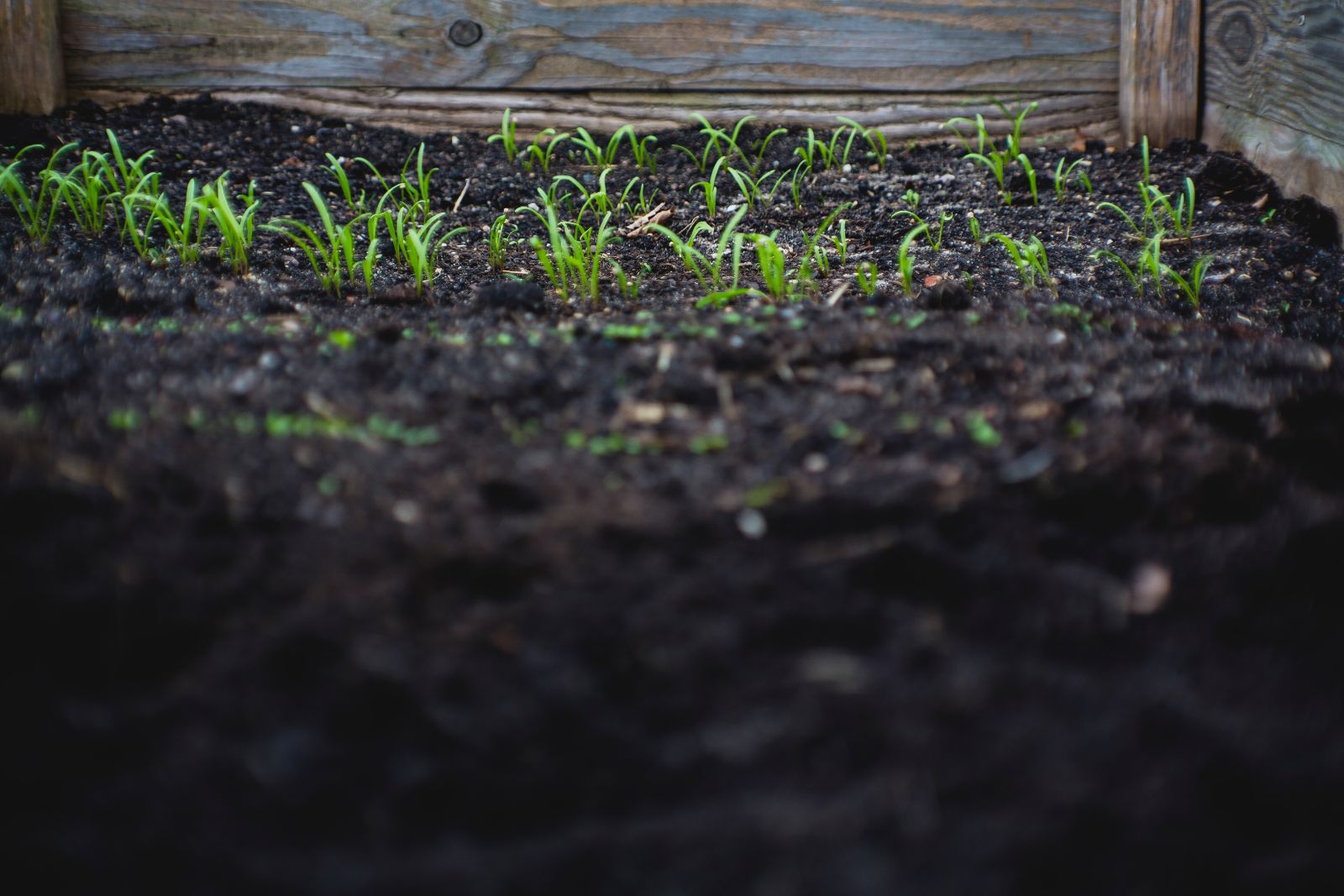
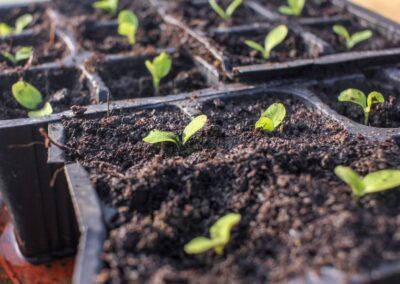
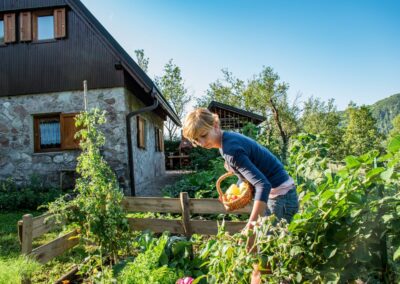
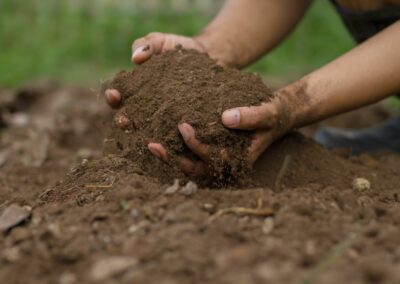
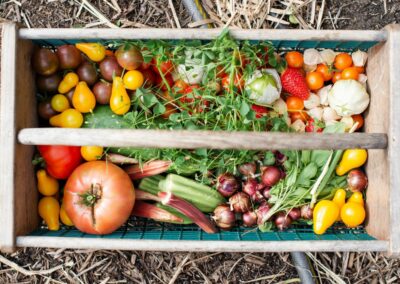
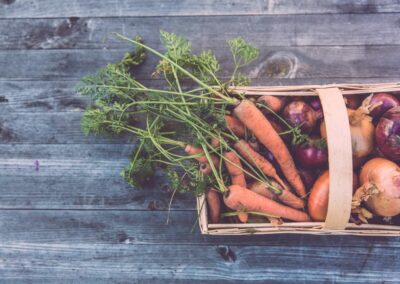
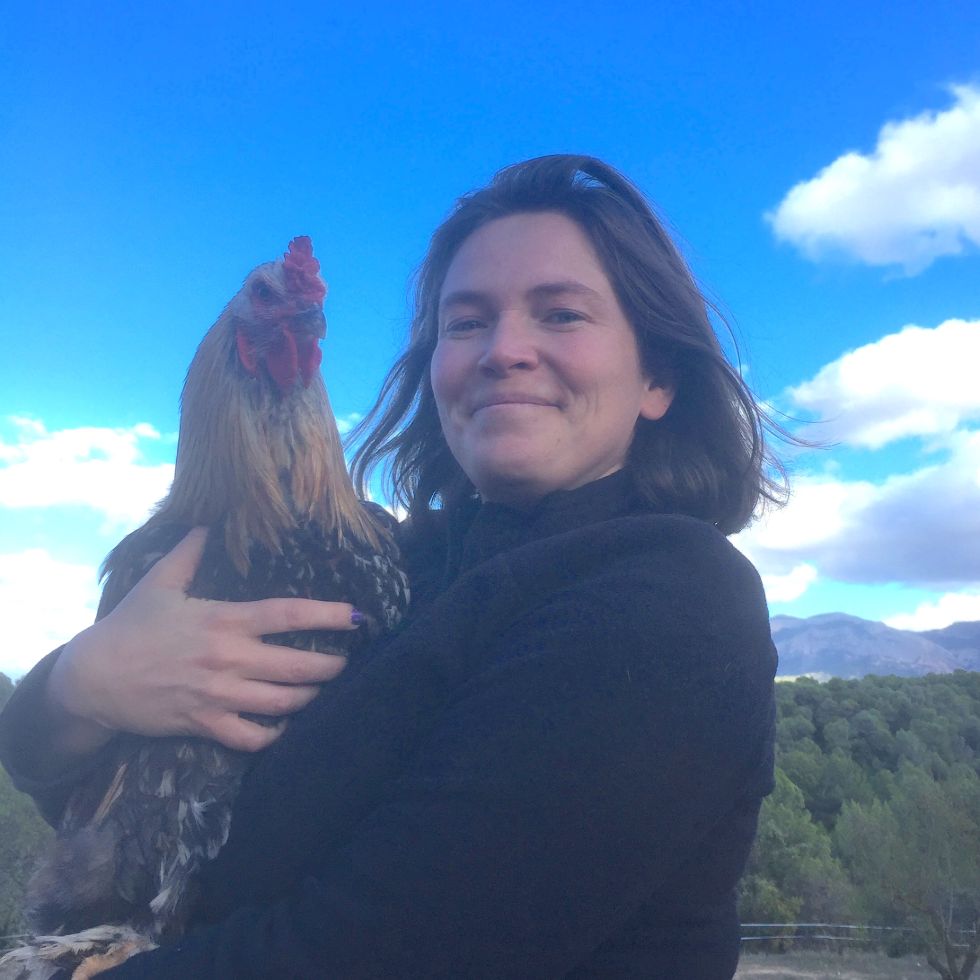
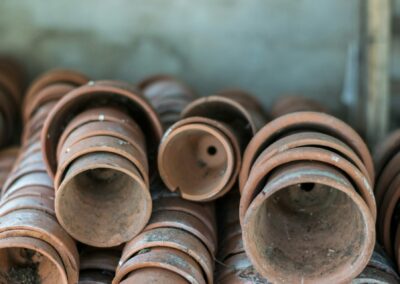
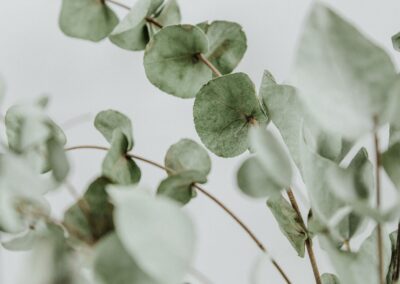
0 Comments